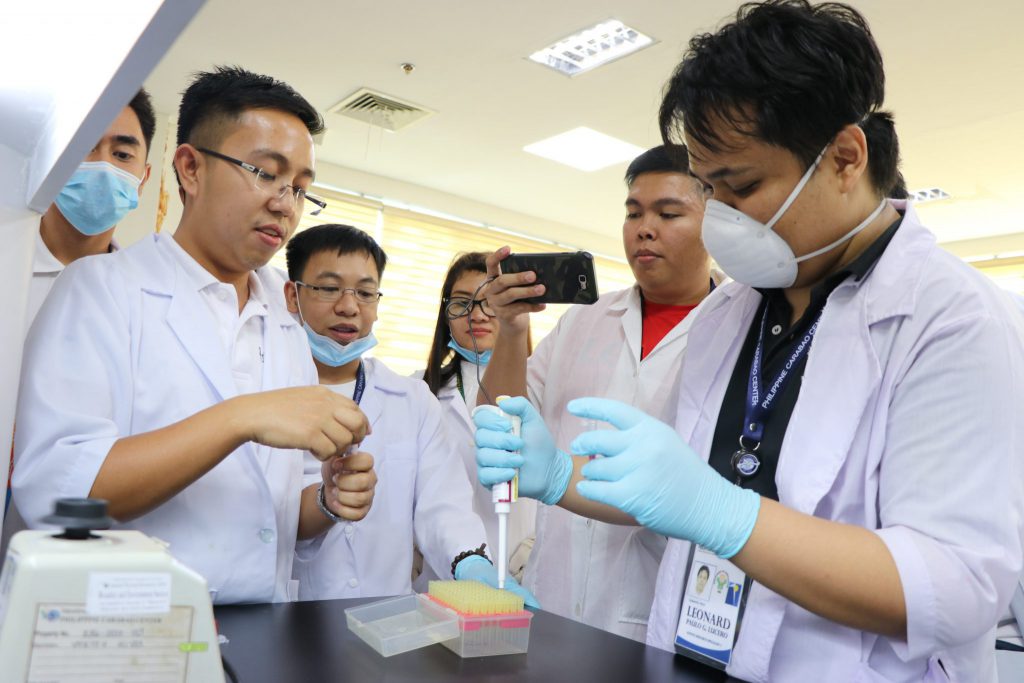With the objective of utilizing nanotechnology in applied biotechnology research, the Livestock Biotechnology Center (LBC), headed by Dr. Claro N. Mingala, conducted the training entitled “Gold Colorimetric Nanosensor Technology” last February 21-23, 2019 at the Livestock Innovations and Biotechnology (LIB) Complex, Philippine Carabao Center (PCC), National Headquarters and Gene Pool.
Dr. Annabelle S. Sarabia, chief of the Research and Development Division (RDD), welcomed the 23 participants that took part in the said training. She emphasized the importance of the utilization of new technologies such as nanotechnology not only in future researches, but in real life application as well. Furthermore, it is imperative that such innovations be maximized to the fullest in order to fulfill the mandate of PCC: to conserve, propagate and promote the carabao as a source of milk, meat, draft power and hide to benefit the rural farmers.
Joram J. Gautane, DVM, focal person of the three-day event, introduced the benefits of nanotechnology, especially combined with the usage of the metal gold, which is said to be biocompatible, or in other words, not harmful to living things if properly used. Some of its benefits include the early detection of diseases such as the Caprine Arthritis Encephalitis Virus (CAEV) in goats, with the test kits changing color depending on the absence or presence of the target DNA related to the disease, without the need of analysis equipment. These gold nanoparticles also possess the ability to facilitate the absorption of drugs into the body in order to target infected cells. However, the current challenge lies in converting such technology from its limitation to laboratory use to ready-to-use form. Added to that is the high cost of raw materials, with ¼ of a gram of the said material priced at Php10,000-Php15,000.
Nanotechnology has been identified to be one of the major areas of development in the scientific disciplines as convened by the Department of Science and Technology in 2008. Participants learned to synthesize gold nanoparticles at the LIB Complex laboratories, with the main focus on its usage in the diagnosis of animal diseases.

